Movie Review – Rhythm Section, The
Principal Cast : Blake Lively, Jude Law, Sterling K Brown, Max Casella, Geoff Bell, Richard Blake, Raza Jaffrey, Tawfeek Barhom.
Synopsis: A woman seeks revenge against those who orchestrated a plane crash that killed her family.
********
An intriguing premise and fascinating potential is utterly wasted in this jaw-dropping action turkey from Meadowland director Reed Morano and star Blake Lively, an action-thriller devoid of either action or thrills and a dull, leaden pace that misfires on every cylinder. The Rhythm Section is a terrible movie; it doesn’t matter how you might spin the proto-feminism at play here, or Lively’s uglied-up performance as a tragic prostitute turned assassin, Morano’s direction apes Paul Greengrass’ work in the Bourne films without a shred of style or coherence or energy. It’s just an ugly, ghastly film, both directorially and performatively, with Lively’s character completely unlikeable having to deal with other unsavoury types, making the whole exercise more about who you hate least more than the repellent central mystery on which the film swivels.
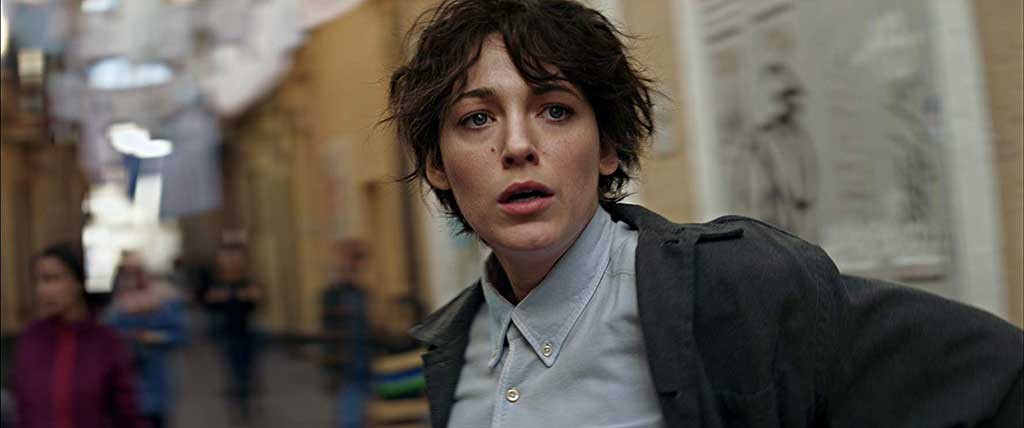
Lively plays Stephanie Patrick, a woman who’s life is torn apart when her family (and a hundred or so others) are blown up on an aircraft; suffering crippling depression, Stephanie turns to drugs and prostitution, until some years later she is tracked down by an investigative reporter named Proctor (Raza Jaffrey). Proctor tells her how he has tracked the man who made the bomb that killed her family, Reza Mohammad (Tawfeek Barhom), but after a failed attempt to confront him and get her revenge, she returns to Proctor’s apartment to discover he’s been executed. Stephanie, using the alias Lisa, travels to a distant Scottish locale and meets Boyd (Jude Law), a former MI6 agent who trains her to become an assassin to continue her mission; she assumes the identity of a dead contract killer, Petra, and travels the world hunting down all who had a connection to her family’s death.

I hate to say it, because art is always subjective, but there are certain genres of film that require a specific set of filmmaking skills to work. Action films and thrillers, of which this Eon Productions non-Bond project is one, require a sense of pace, a sense of energy and participatory effect on the viewer, drawing them in to whatever breathless intrigue or world-ending plot devices the screen writer throws our way. There’s a reason most films in the genre feel similar, because Hollywood has honed the mechanisms of entertainment down to such a fine art these kinds of movies often feel like they’re all made by the same people. Every so often a director will come along with a particular, unique filmmaking style and try to subvert or modify our expectations of a genre by doing something completely different. Sometimes, that works. Other times, you have The Rhythm Section, a film made by a director looking for some heady, intellectual dramatic tragedy filtered through soft-focused naturalism that imitates well-worn clichés but somehow, almost bafflingly, turns them into turgid, ill-conceived and mawkish swill.
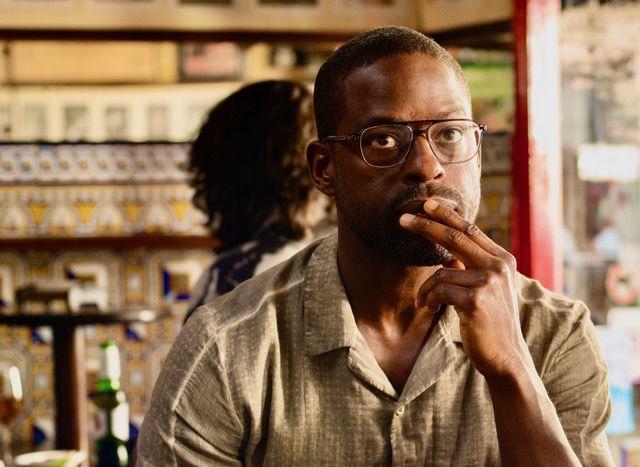
The film is written by Mark Burnell, from the novel he wrote of the same name. Whether allowing the author of a book to turn his book into a film script is a smart idea will be debated to the end of time but in all honesty it’s hard to fault Burnell’s script. The script – specifically the dialogue and the characters within – feel lived in and believable, and in the hands of a director capable of upping the tension or sense of threat I think the film could have really worked well. I admit to finding the hero arc of a woman at the wrong end of her life spectrum transitioning into a butt-kicking heroine is always a solid draw, but Lively, despite going Full Fugly for the part cannot make it work. Her performance as Stephanie is all kinds of unlikeable, a thoroughly dreadful persona with a heart-breaking backstory who turns out to be the least interesting lead in a film in ages. Compare this to Jennifer Garner’s far more electrifying turn in Peppermint and you’ll see what I mean. It’s okay to put your lead character through the wringer, but the audience has to be able to invest in her early, or throughout the movie, and The Rhythm Section fumbles this aspect of the premise badly. Which is why I lay the blame for this crapfest squarely on the director, who seems incapable of giving the film any passion.
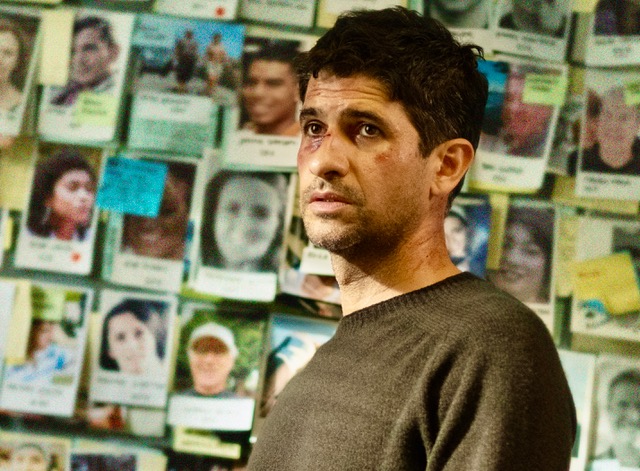
Jude Law pops in as Stephanie’s erstwhile MI6-trained Mr Miyagi, his brutal tutorials delivered with live-or-die relish but Morano refuses to let us work through the pair’s strained and tetchy relationship. Exactly why Law’s Boyd is who he is isn’t explained, an eternal man of mystery less defined by his partnering with Stephanie as he is rebuked by it. Sterling K Brown’s supporting role as Marc Serra, an information broker selling secrets to the highest bidder, isn’t particularly memorable aside from his final scene, while the rest of the cast involved get very little active focus and appear more as mirage’s surrounding Lively’s downcast and deadbeat performance. Raza Jaffrey’s first-act turn as Proctor, the man who spurs the plot into action (although calling a film plot this glacially paced “action” is anathema to the phrase), is competent but too short lived, Richard Blake’s crazy cameo as Lehmans is astoundingly terrible, and the token Brown Terrorist, Reza, played by a grossly underserved Tawfeek Barhom, rankles a little of stereotyping.

With a blithe musical score by Hans Zimmer and Steve Mazzaro, Sean Bobbitt’s esoteric cinematography (honestly, it looks like they through they were filming a nature documentary half the time) and Joan Sobel’s enigmatic editing – some of the shot selection and framing in this film is awful – The Rhythm Section withers on the vine the moment the movie starts, despite all the enthusiasm off camera. As I alluded to earlier, there’s a fairly simple requirement of these kinds of genre films to conform to a methodology conducive to entertainment value, and while Zimmer, Bobbitt and the producers Barbara Broccoli and Michael G Wilson are solid industry stalwarts not even they can overcome Reed Morano’s ponderous direction. There’s no fun to be had here, no zest or inertia to proceedings, despite several hand-to-hand brawls and a very minor car chase sequence (which isn’t as exciting as you think, stealing the same in-car camerawork we saw in Cuaron’s bristling Children Of Men) and the lethargy this film left me with was an almost physical revulsion. That I finished the film at all is testament to the kind of actress I know Blake Lively can be, but she’s wasted here in this terribly made snorefest.
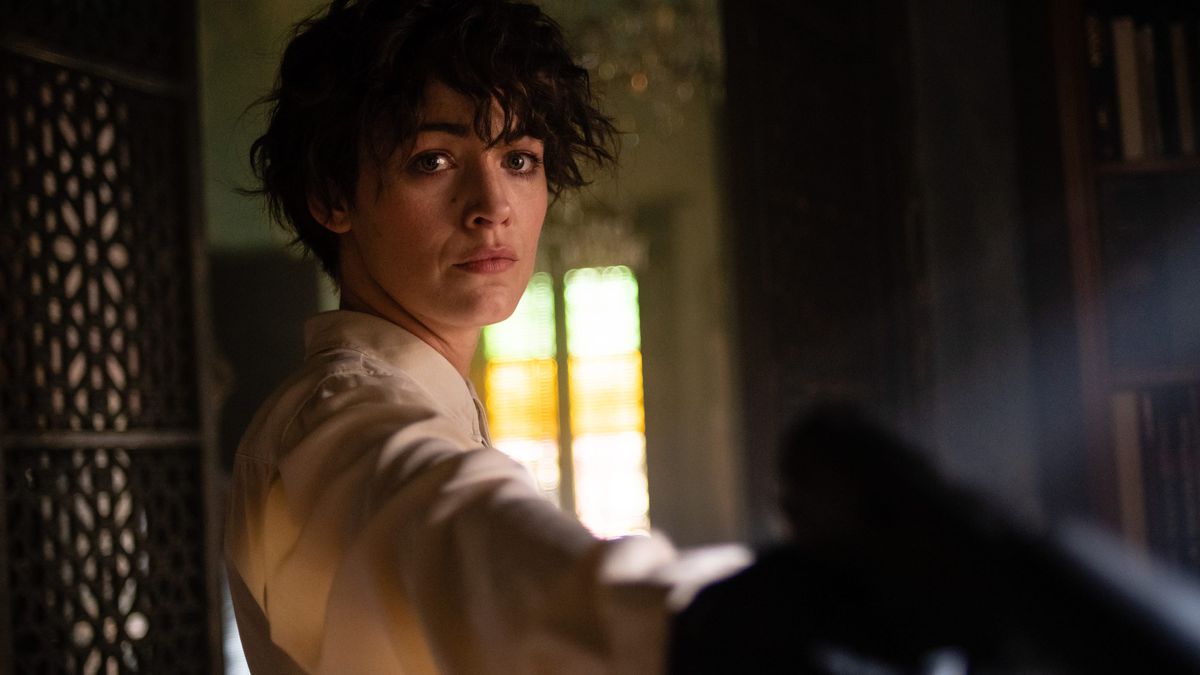
The Rhythm Section’s central tenet is that the body is like an orchestra, and if you learn to control things like your heartbeat (the rhythm section) and your breathing (the bass) you can achieve anything. This film seems to have taken that to heart, stopping its own heartbeat and refusing to take a breath, suffocated by inadequate pace and a really, really terrible naturalistic style that Morano isn’t capable of flexing beyond. Dead on arrival, The Rhythm Section is a pointless, deathly drudge not worth the time to think about.

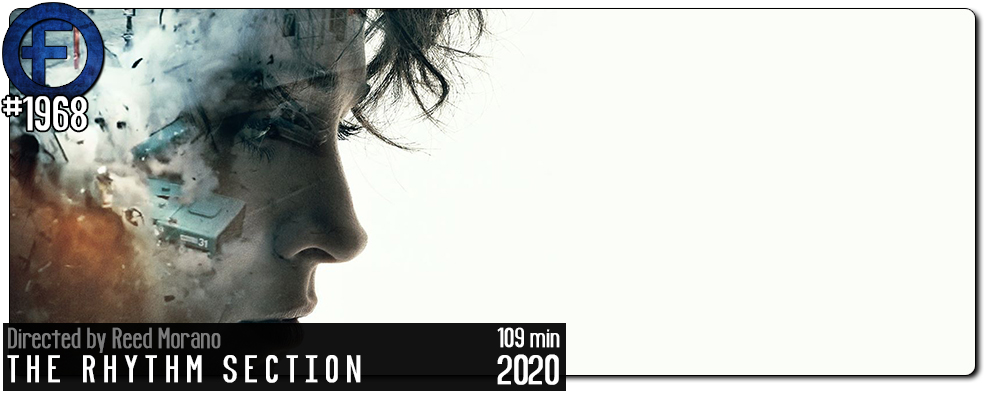
The first few lines of your review were enough for anyone to be sold. Especially to point out your written command. It was an excellent narrative. Cast is good but I agree that such genre requires some energy and pacing. I’ve seen exactly a few falling on these lines that failed miserably. Enjoyed reading though. Xx
Isa A. Blogger
https://www.lifestyleprism.com/